International Women in Science Day II
REPORT
The purpose of this project is to promote women's equal participation and access to science, to dispel prejudices about science as a male-dominated field, and to provide as many girls as possible with an opportunity to advance to positions of leadership. Every day, we show respect for women by actively participating in this project. Students celebrated International Women in Science Day by conducting research, participating in various activities, using Web 2.0 tools, collaborating, and having fun.
Six 8th grade students participated in the project.
On the occasion of the International Day of Women and Girls in Science, the students followed a presentation "Women in Science" created by the teacher in the tool genialy. We also watched the video about the first Macedonian woman who fought for women's rights, Rosa Plaveva and her influence. Then, together we created in the alto classtools. At the beginning, the students watch the video about the first female pharmacist in our country, Raina Aleksova. Students learned about the following scientists:
Rosalind Franklin, Dorothy Hodgkin, Françoise Barre-Sinusi, Maria Curie, Gertrude Bell Ellion, Diane Fawcey.
During the project, we used the following web 2.0 tools: Bitmoji, WordArt, PhotoFunia, Breaking News, Canva, StoryJumper, Greetings Island, Linoit and Kahoot.
Despite our desire to promote science as a discipline for equal opportunities for boys and girls, we have a strong affinity for the protection of human rights and against discrimination and stereotypes. As members of the Young Activists Club, we chose to participate in the project using activist avatars created in Bitmoji.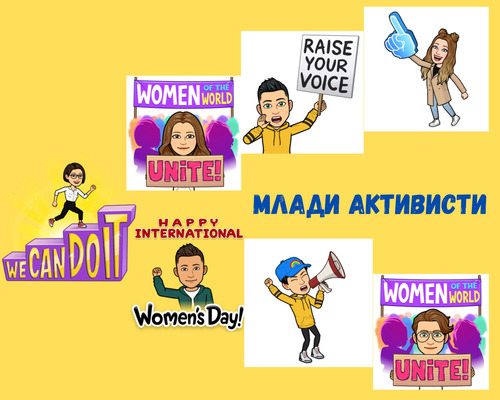
Using the tool class tools / breaking news, the students as young activists emphasized the part for equal access of women in science, as one of the important goals of the International Day of Women and Girls in Science, using various images to mark this day, presenting them as more popular news.
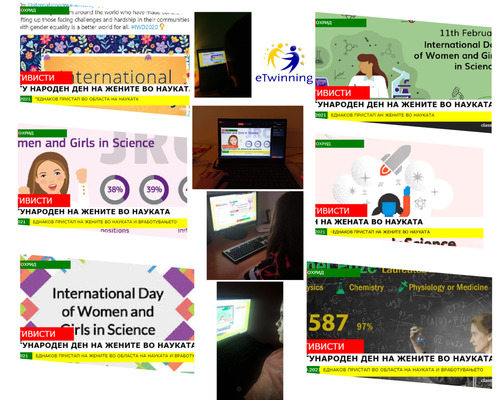
We used Photofunia to represent famous women scientists. Each student chose a scientist and sought an appropriate effect to represent them in an interesting way.
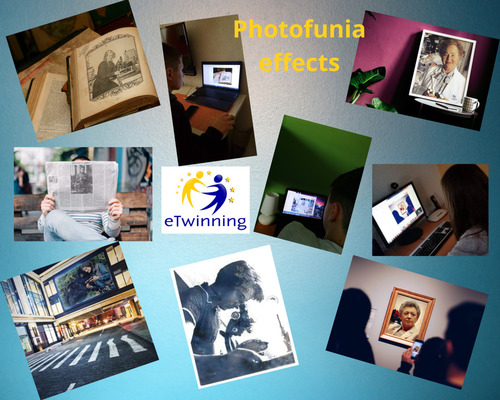
We researched online and tried to find information on as many women scientists as possible. We wrote their names in WordArt and created different images. Then we made a poster and a common video of the activities. 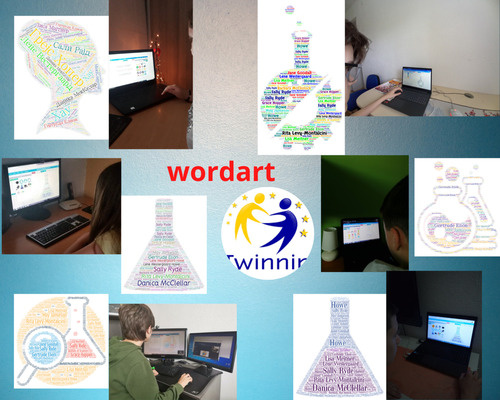
Every woman scientist has left at least one wise thought in her life. The students researched it and put the wise thoughts of the women scientists in the Canvas tool and made posters.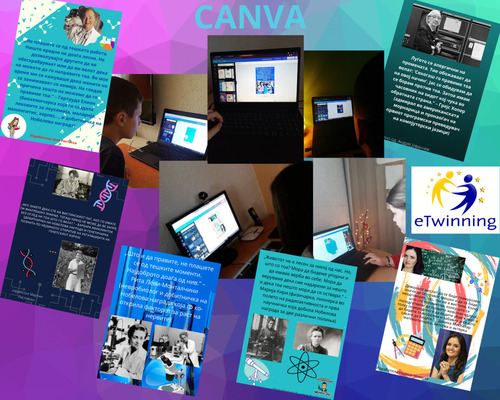
Celebrating the International Women's Day in Science, it is very important to mention and mark the International Women's Day, March 8. In addition to the story of women who have fought for women's rights throughout history, students with the help of the greetings island tool created greeting cards with which they thanked and wished a happy women's day.
E-books have also been created at Stroyjumper (International Day of Women and Girls in Science) and Jamboard (International Day of Women in Mathematics).
We use the tool Linoit for collaborative activity with teacher Tatjana Loshkoska and the club Magnolija. According to a plan, each student placed a text on the collaboration board about a notable female scientist. Our collaboration resulted in the publication of an e-newspaper about famous female scientists.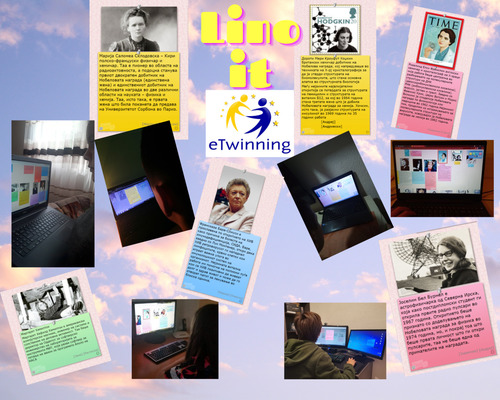
Students played a quiz in Kahoot and successfully finished the game about famous female scientists.
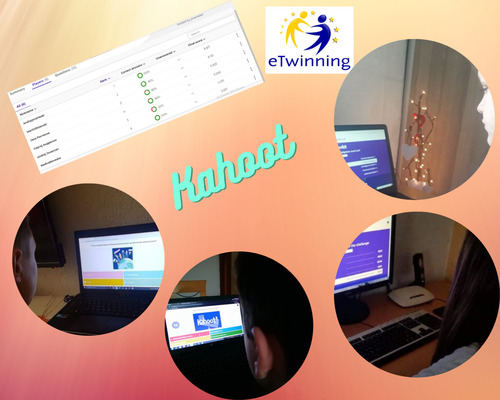
We created a collaborative video with the activities during the project. Also, students filled out the survey about the project.
The project is integrated into the curriculum. The study of the life and works of some women scientists from different fields of science is integrated in the subject Civic Education. Students learned how to put their ideas into action, use multiple sources of information, and analyze and synthesize information. They have improved their research knowledge and skills in a variety of contexts. They also developed self-confidence and respect for others as a result of STEM education.